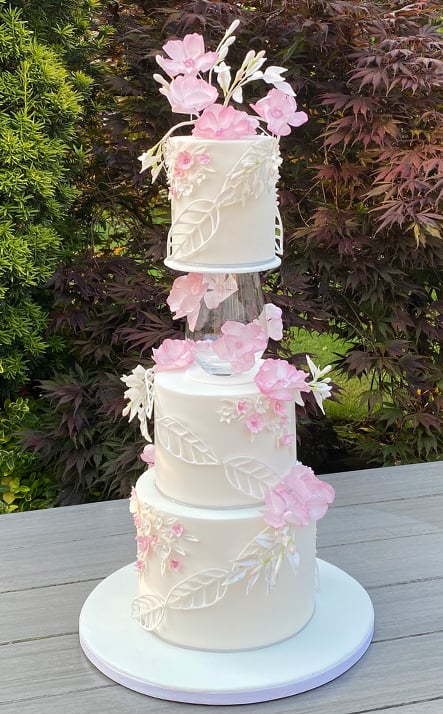How do you make a cake? It’s one of those basic questions that have a lot to unpack. If you’re a cook that can’t resist tossing in a handful of this and a sprinkle of that, you might discover baking can be a little bit hit and miss. Cooking is an area of culinary that does not allow artistic license. Yet adhere to a couple of basic baking rules and success makes certain to adhere to you
Whether a recipe asks for mixing the batter with an electric mixer or just using a whisk, ensure you’re mixing the batter with each other just until the active ingredients are combined. Over-mixing batter, whether that’s for cakes, cupcakes, pieces of bread, muffins, etc, lends a tough-textured baked excellent because you’re decreasing all the air and over-developing the gluten.
Accurate measuring is the distinction between light, moist and gummy, thick one. To appropriately determine, you require three types of determining tools: a clear measuring cup with a spout for wet components, mugs with flat edges in finished dimensions for completely dry components, and a set of measuring spoons. A lot of American baking dishes determine active ingredients by volume, not weight. (As an example, a dish will ask for 1 mug of sugar instead of 8 ounces of sugar.) If you come to be genuinely passionate about cooking, consider investing in a range. Weight measurements are the most precise and are typically made use of in advanced recipes and also international recipe books.
To measure liquids: Establish the spouted cup on a level counter, bend at the knees so you are at eye level with the lines on the mug and also pour the component right as much as the line showing the amount required. Keep in mind: Us liquid measure cups usually include quantity measurements in ounces– do not perplex them with weight dimensions in ounces. A dish with weight measurements needs a scale.

To gauge dry components: Utilize the spoon-and-sweep technique. Spoon the flour or other completely dry ingredient into a gauging cup, loading it generously over the rim of the mug. After that, run the back of a blade over the edge to sweep the excess back into the container. Do not be tempted to scoop out the flour with the determining cup. It will certainly become compressed, providing you with even more flour than required and producing a thick, dry cake. Furthermore, don’t touch the filled cup on the counter, due to the fact that the flour will certainly work out. If you top it off, you’ll end up with too much.
To paint you an image, allow’s focus on area temperature butter in particular. This is especially important when the how do you make a cake question arises. Many dishes begin with creaming butter as well as sugar together. Butter can hold air and the creaming procedure is when butter traps that air. While cooking, that entrapped air expands from the warm and produces a fluffy cake. Not just this, room temperature components bond with each other much easier as well as quicker because they’re warmer– thus decreasing over-mixing. Simply put, cold-active ingredients do not emulsify with each other. Period.
Area temperature butter is about 65 ° F (18 ° C), which could be cooler than your kitchen area. It’s trendy to touch, not warm. If your cakes are dense, you’re probably softening the butter too much. Allow the butter to remain on the counter for about 1-2 hrs before starting your dish. To evaluate it, jab the butter with your finger. Your finger should make an indent without sinking or moving down into the butter. The butter should not be glossy or greasy. It will certainly be amazing to touch, not cozy. Sometimes our timetables don’t permit 1-2 hours for softening butter prior to starting a recipe. Do not take a shortcut and also microwave the butter due to the fact that it will not heat equally. However, presume what? I have a foolproof technique for softening butter promptly.
These tips and techniques are essential if you truly want to master the art of how to make a cake

